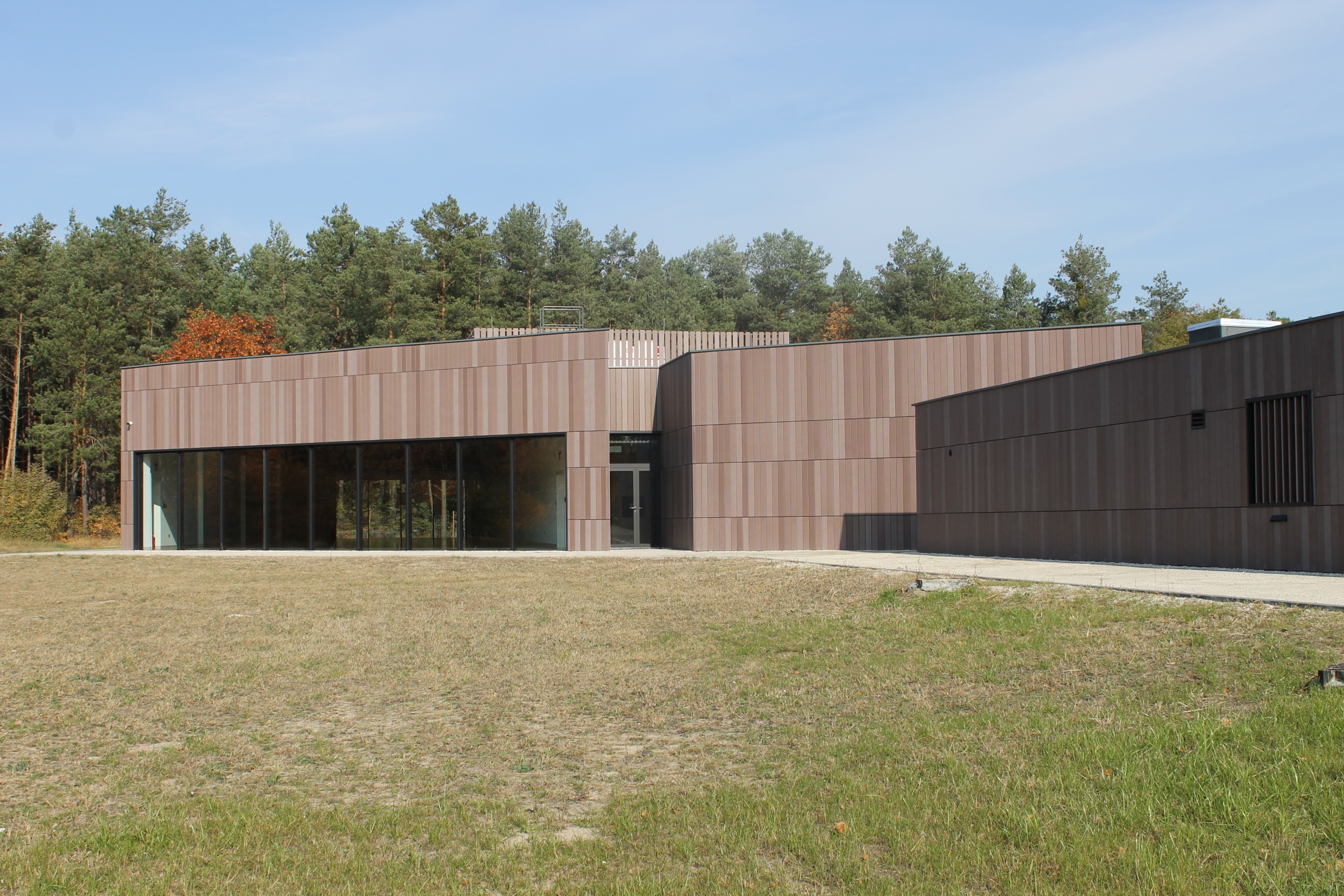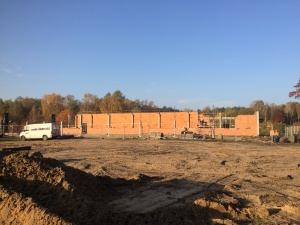At the end of 2008, the governments of Poland, The Netherlands, Slowakia, and Israel signed a Memorandum of Understanding that the former extermination camp Sobibor will be redesigned. The redesign entails that the site will become an official Polish state museum and that the site will get a new visitor center.
At the end of 2015, the Sobibor Foundation escalated the situation as there was more or less no progress made. Next to the archeological excavations and the demolishing of the existing museum lead to a deadlock in the actual redesign since 2014. In the first half of 2016, the Sobibor Foundation spoke to the various stakeholders in the various countries, such as the Dutch State Secretary Martin van Rijn, the embassadors of Slowakia and Poland both located in the Netherlands, representatives of Yad Vashem and the recently appointed Polish State Secretary Jarosław Sellin. All countries and stakeholders are in agreement that the project needs to make progress.
The latest updates:
- The former extermination camp is currently officially closed for visitors due to the construction works that are going on. The Remembrance Lane remains untouched during this phase of the construction. In case you plan to visit the camp, make sure that you contact the museum before your visit and announce your visit so they can confirm your visit. Normally you shouldn’t have any problem visiting the site.
- The Polish government has appointed in the middle of 2016 a dedicated project manager. In March 2017 the project manager moved on and was replaced. The foundation met with the new project manager in May 2017.
- The artifacts that were found during the archeological excavations and haven’t been handed over yet to the museum in Majdanek for conservation will be transferred in phases. There has been a delay in the initial timeline. All parties do their utmost to finalize the transfer as soon as possible. At the end of 2017 new excavations are done around the future parking lot and again nameplates were found.
- The main priority was to cover the ash fields. It was not uncommon to find bone remains in the grass of the ash fields, therefore these fields must be covered. This also means that visitors won’t be able to walk up to the ash mound in the future but only can watch over the fields and mound from a distance. The covering of the ash fields was finalized in August 2017.
- In August 2017 the construction of the museum itself started. October 14th, 2020 the museum will be opened.
- In October/November 2016 more archeological excavations were done around the haircutting barack and the living barack in Camp 3 (the camp where the gas chambers were located). In 2017 the archeological excavations were done around the museum at the beginning of the year whereas they are currently working around the parking lot.
- There was a discussion about the location of the future parking lot. The latest news is that the parking lot will be located between the chapel and the entrance of the museum along the public road, during the WWII this area was located on the outskirts of the camp
- Once the museum is opened, people can lay stones again in the international Remembrance Lane and maybe already in 2018.
- Recently two new ash fields were identified outside the camp III in marshland. Talks are ongoing on how to drain the water and secure and protect these ash fields. A complication is that these ash fields are located on the property of the local government and not on the campsite which is the federal government.
- On January 21, 2019, the Museum in Majdanek started a design competition for the permanent exhibition in the museum in Sobibor. The application will close on February 11, 2019, the designs need to be submitted by April 15 and the public announcement of the winners is on April 30, 2019. More information about the design competition you find here.
The Sobibor Foundation is excited that finally steps are taken, progress is made in 2017 and that laying stones in the Remembrance Lane are confirmed to be continued in the future. At the same time, we are very much concerned about the delays in the construction of the museum building. We are in close contact with the Dutch Ministry of VWS. We will continue to watch the developments and will keep you posted on this page.




